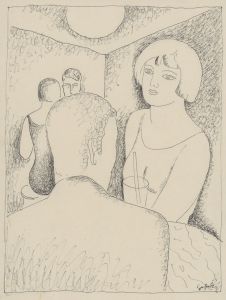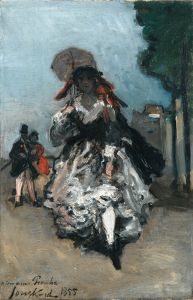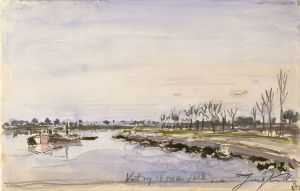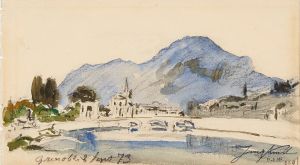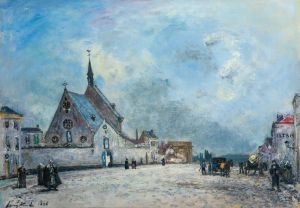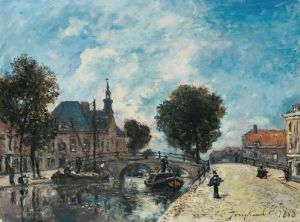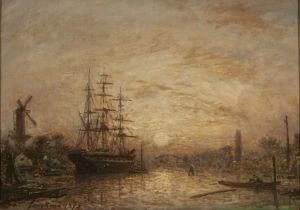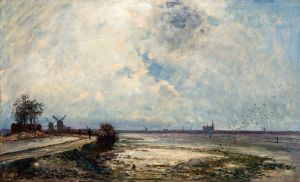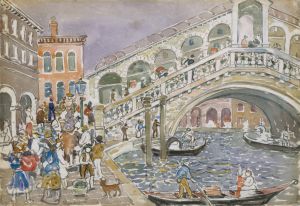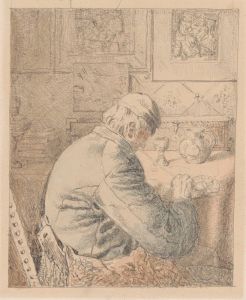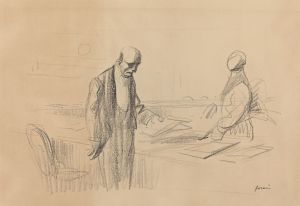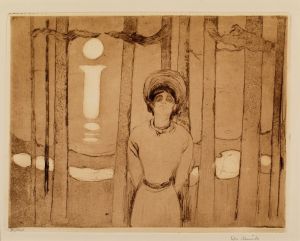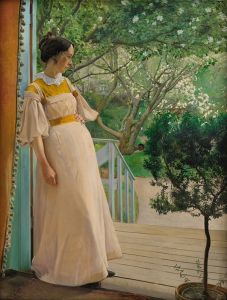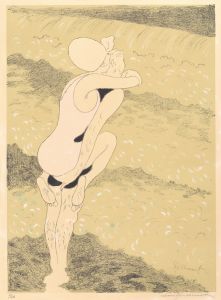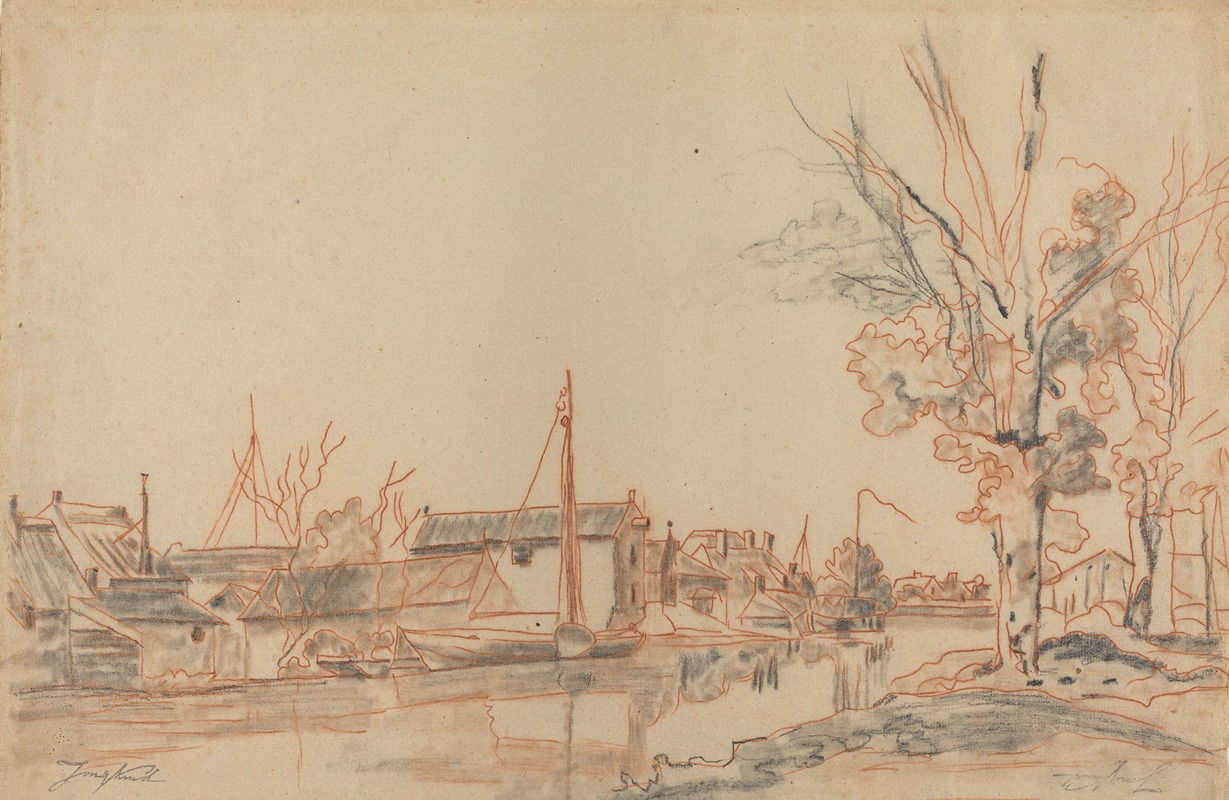
Bords de Canal
A hand-painted replica of Johan Barthold Jongkind’s masterpiece Bords de Canal, meticulously crafted by professional artists to capture the true essence of the original. Each piece is created with museum-quality canvas and rare mineral pigments, carefully painted by experienced artists with delicate brushstrokes and rich, layered colors to perfectly recreate the texture of the original artwork. Unlike machine-printed reproductions, this hand-painted version brings the painting to life, infused with the artist’s emotions and skill in every stroke. Whether for personal collection or home decoration, it instantly elevates the artistic atmosphere of any space.
Johan Barthold Jongkind was a Dutch painter known for his significant influence on the Impressionist movement, particularly through his landscapes and marine scenes. One of his notable works is "Bords de Canal," which translates to "Banks of the Canal." This painting exemplifies Jongkind's mastery in capturing the interplay of light and water, a characteristic feature of his oeuvre.
"Bords de Canal" is a landscape painting that showcases Jongkind's ability to depict natural scenes with a sense of immediacy and atmosphere. The painting is believed to have been created during the mid to late 19th century, a period when Jongkind was actively working in France, particularly in regions like Normandy and along the Seine River. His time in France was crucial to his development as an artist, as he was part of a circle that included notable figures such as Claude Monet, who later credited Jongkind as a significant influence on his own work.
The painting features a tranquil canal scene, likely inspired by the waterways of France, which Jongkind frequently depicted. His use of light and reflection in "Bords de Canal" demonstrates his keen observation skills and his ability to convey the transient effects of weather and time of day. Jongkind's brushwork in this piece is loose yet deliberate, capturing the essence of the scene without an overemphasis on detail. This approach was innovative at the time and laid the groundwork for the Impressionist movement, which sought to capture moments of everyday life with a focus on light and color.
Jongkind's palette in "Bords de Canal" is typically muted, with soft blues, greens, and earth tones that evoke a sense of calm and serenity. The composition likely includes elements such as trees lining the canal, reflections in the water, and possibly figures or boats, which were common motifs in his work. These elements combine to create a harmonious balance between the natural and the man-made, a theme that Jongkind explored throughout his career.
The influence of Jongkind's "Bords de Canal" and similar works can be seen in the development of Impressionism, as his techniques and thematic choices resonated with younger artists who sought to break away from the rigid structures of academic painting. Jongkind's emphasis on plein air painting, where artists painted outdoors to capture the natural light and atmosphere, was particularly impactful.
While specific details about the provenance or current location of "Bords de Canal" may not be widely documented, Jongkind's works are held in high regard and can be found in various museums and private collections around the world. His contribution to the art world, particularly in bridging the gap between traditional landscape painting and the burgeoning Impressionist movement, remains significant.
In summary, "Bords de Canal" by Johan Barthold Jongkind is a testament to the artist's skill in capturing the ephemeral qualities of nature through innovative techniques that influenced a generation of artists. His work continues to be celebrated for its beauty and its role in the evolution of modern art.





